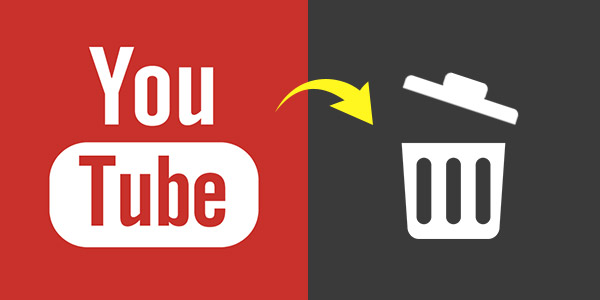Learning about white hat hacking, also known as ethical hacking, can be a valuable skill in today's digital world. Here are some steps you can take to start learning about white hat hacking:
1. Learn about computer networks and operating systems: Understanding how computer networks and operating systems work is essential for white hat hacking. Start by learning the basics of computer networking and operating systems, such as how data is transmitted across networks, how firewalls work, and how different operating systems are structured.
2. Learn a programming language: White hat hackers need to be proficient in at least one programming language. Some popular programming languages for white hat hacking include Python, Java, C++, and Perl. Focus on learning the fundamentals of programming, including variables, data types, functions, and loops.
3. Learn about security vulnerabilities: White hat hackers need to know how to identify security vulnerabilities in computer systems and networks. Learn about common security vulnerabilities, such as buffer overflow attacks, SQL injection attacks, and cross-site scripting (XSS) attacks.
4. Learn about security tools and techniques: There are many security tools and techniques that white hat hackers use to identify and exploit vulnerabilities. Learn about tools such as network scanners, vulnerability scanners, and password cracking tools. Also, learn about techniques such as social engineering and phishing.
5. Participate in online communities: There are many online communities where white hat hackers share information and discuss techniques. Participate in online forums, such as Reddit's r/whitehat and r/hacking, to learn from others and get feedback on your own projects.
6. Take a course or certification: There are many online courses and certifications available that can teach you the skills needed for white hat hacking. Consider taking a course on Udemy or Coursera, or earning a certification such as the Certified Ethical Hacker (CEH) or CompTIA Security+.
It is important to note that ethical hacking should only be performed with explicit permission from the owner of the target system or network. Unauthorized hacking, even for the purpose of learning, is illegal and can result in severe legal consequences.
White hat hacking, black hat hacking, ethical hacking, cybersecurity, vulnerabilities, exploits, penetration testing, social engineering, malware, phishing, cryptography, network security, password cracking, Denial of Service (DoS) attacks, SQL injection attacks, cross-site scripting (XSS) attacks, firewalls, intrusion detection, rootkits, Trojans.


